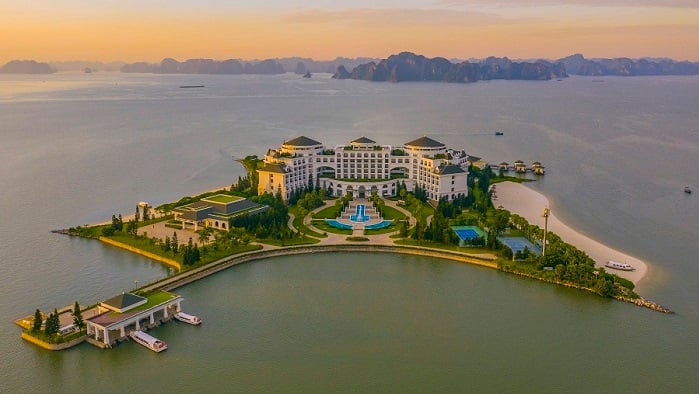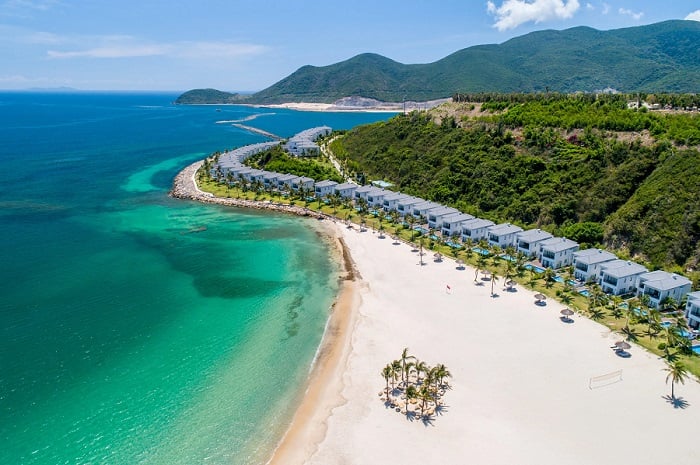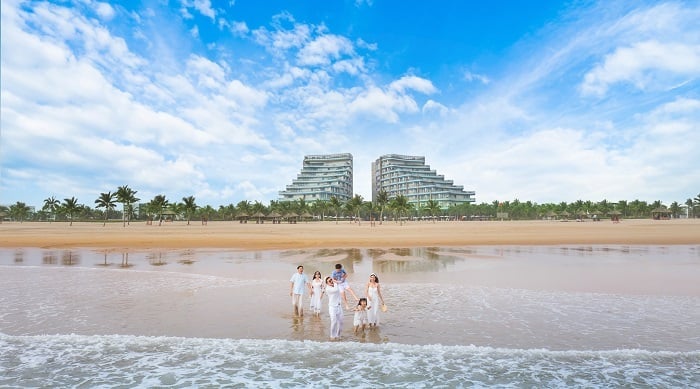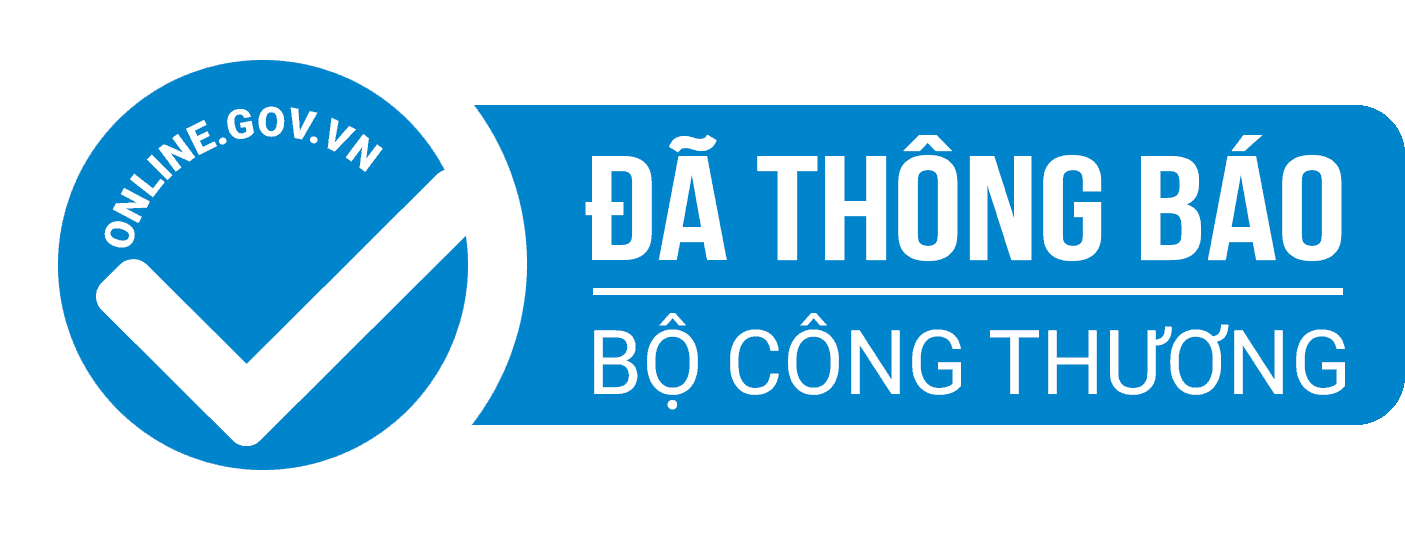
The diversity of Vietnam's culture has fascinated people around the world. From mouth-watering cuisine and colorful festivals to a rich tapestry of traditions and customs, Vietnam offers a unique and captivating experience. Whether you are planning a visit to Vietnam or simply curious about its culture, this article will take you on a journey to explore the essence of Vietnam's culture.
1. What is the culture of Vietnam?
What is Vietnam's culture? To understand Vietnam's culture, there are many different perspectives to take:
- The first perspective sees Vietnam's culture as the culture of the Kinh people, presenting the history of Kinh culture as the history of the whole Vietnamese civilization.
- The second perspective acknowledges the diverse cultures of all the ethnic groups living in Vietnam, focusing on the unique cultural traits of each group rather than a unified national culture.
- The third perspective regards Vietnam's culture as a collective national identity that consists of diverse cultural nuances of various ethnic groups. This viewpoint emphasizes the concept of a national culture, referring to a sovereign nation where the majority of its citizens share common elements that shape a distinct ethnic group.
Currently, the third perspective is widely embraced by researchers and experts in the study of Vietnam's culture. Therefore, this article will adopt the third perspective to present Vietnam's culture.
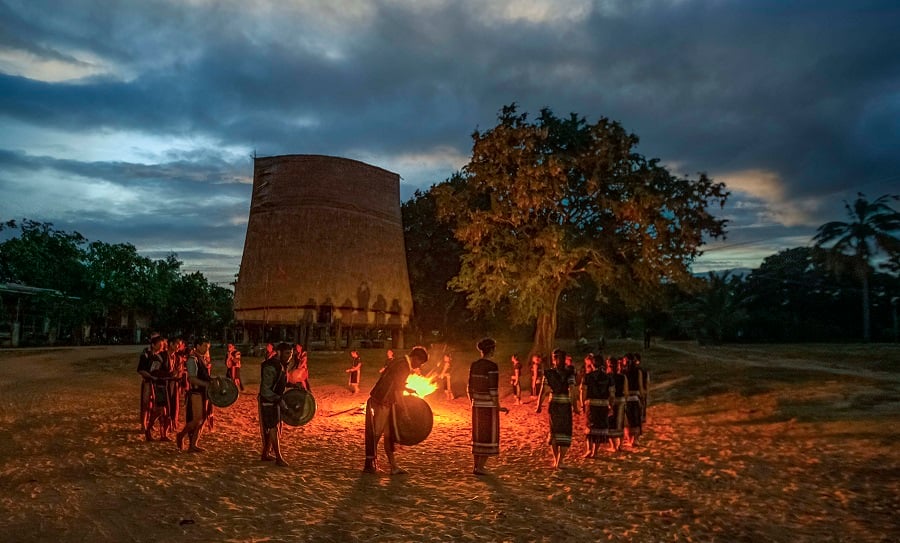
>>> Learn about the unique personalities of Vietnamese people to have the best experiences during your upcoming trip to Vietnam!
2. Basic characteristics of Vietnamese culture
Vietnam's culture allures people from all corners of the globe with its combination of unity and the diverse cultural elements cherished by its ethnic groups. Let's delve into 3 key features that embody the essence of Vietnam's cultural heritage:
2.1. Rich cultural heritage
Vietnam's culture is deeply rooted in a wealth of diverse traditions that permeate every aspect of life. The Kinh people, alongside the country's 54 ethnic communities, have preserved ancient customs, celebrated lively communal festivals, maintained steadfast spiritual beliefs, and embraced a wide range of religious practices. This characteristic showcases the depth of Vietnam's cultural tapestry.

2.2. Cultural diversity
Vietnam's varied geography, climate, and distribution of ethnic groups have shaped many unique cultural landscapes across the nation. From the fertile Red River Delta, inhabited predominantly by the Kinh people, to the mountainous regions of the Northwest and Northeast, home to distinct ethnic minorities, each area exhibits its own cultural identity.
The North Central Coast represents a convergence of diverse cultures, the Central South highlights the Cham culture, and the Mekong Delta presents a vibrant mosaic of Chinese, Khmer, and other ethnic traditions. The Central Highlands also showcase a remarkable fusion of cultures and ethnic groups.
2.3. Historical influences
Vietnam's cultural journey spans thousands of years and has been shaped by both internal and external influences.
From the indigenous culture of the ancient Vietnamese people, dating back to the era of the Hung Kings, to enduring influences from China and Southeast Asia, Vietnam has experienced a rich exchange of cultural interactions. The imprint of French colonialism in the 19th century, Western influences in the 20th century, and the effects of globalization in the 21st century have all contributed to the ongoing evolution of Vietnam's culture.
Throughout history, Vietnam's culture has undergone various transformations, witnessing the loss of certain elements while incorporating new dimensions into its colorful cultural fabric.
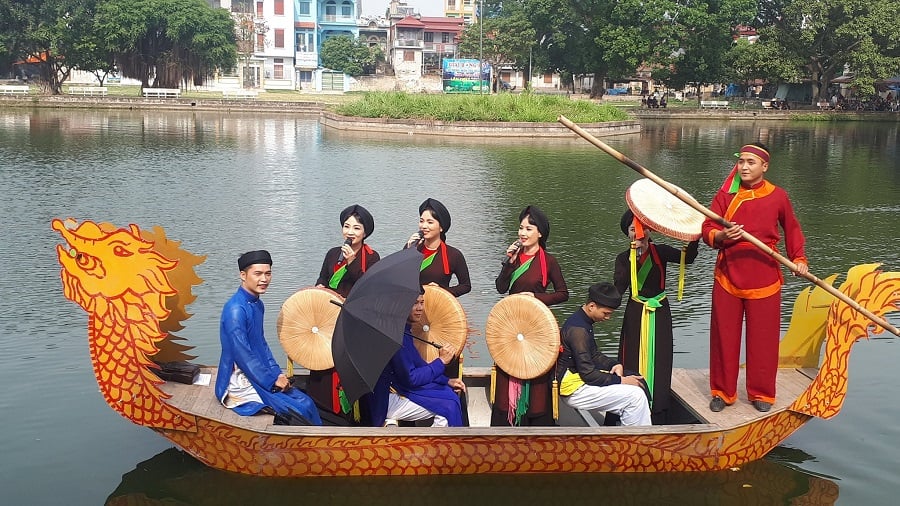
3. Facts about Vietnamese culture
Below are some Vietnam's culture facts that provide a glimpse into the traditions and heritage of this country:
3.1. Cuisine
Vietnamese food is a culinary treasure, capturing the diverse and delightful flavors of the nation in every bite. With its focus on fresh ingredients, aromatic herbs, and well-balanced tastes, Vietnamese dishes offer a symphony of sweet, sour, salty, and spicy flavors.
From the Vietnamese national dish phở, a savory noodle soup, to the mouthwatering bánh mì, a fusion of French and Vietnamese flavors in a sandwich, each dish is meticulously crafted to create a unique culinary experience.
Moreover, Vietnam's regional specialties further showcase the country's culinary diversity, with distinctive dishes and cooking techniques that reflect the local culture and ingredients.
Beyond the food itself, sharing meals with loved ones fosters a sense of community and togetherness, making trying Vietnamese cuisine an unforgettable cultural experience that satisfies both the palate and the soul.
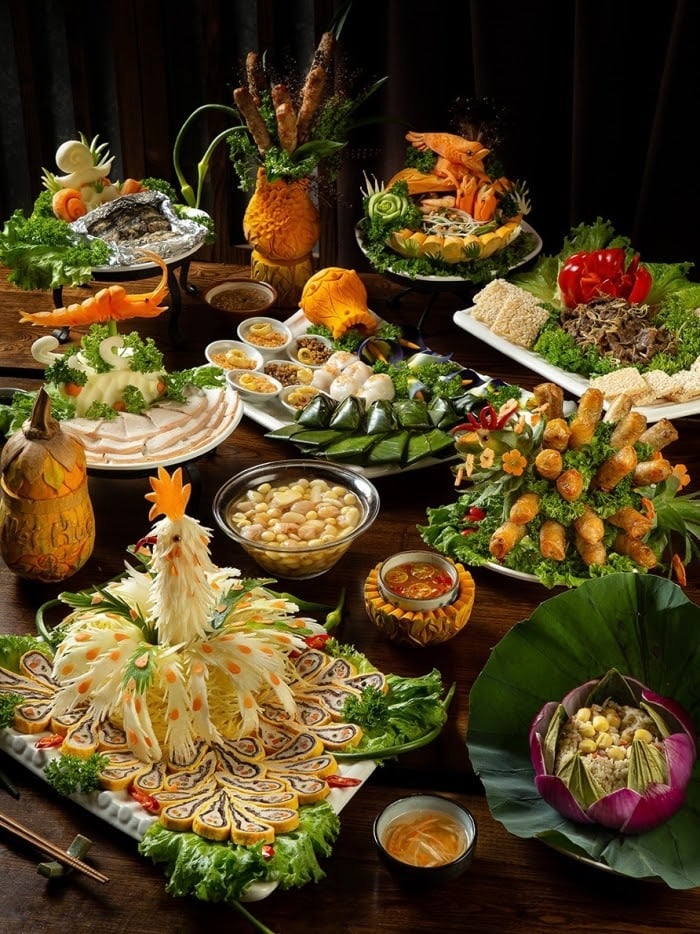
3.2. Language
Language plays a pivotal role in Vietnam's culture, serving as a vibrant tapestry woven with unique linguistic features. Vietnamese is the official language of Vietnam and is spoken by the majority of the population.
The Vietnamese language is known for its tonal nature, characterized by 6 different tones that can change the meaning of words. This tonal aspect adds a musical quality to the language and requires precise pronunciation to convey accurate meanings.
Additionally, the Vietnamese language has its alphabet called the Vietnamese alphabet (chữ Quốc ngữ), which was introduced during the French colonial period. This writing system is based on the Latin script and has greatly contributed to the literacy rate in Vietnam.
Language is not only a means of communication but also a reflection of cultural values and customs. Vietnamese phrases and expressions often incorporate cultural nuances and traditions, adding depth to conversations and interactions.
3.3. Traditional costumes
Ao dai, the traditional Vietnamese dress, holds a special place in Vietnam's culture and is admired for its elegance and beauty. Worn by both men and women on various occasions, Ao dai is a long dress with high side slits that symbolizes grace and sophistication. During weddings, the bride wears a stunning white Ao dai adorned with intricate patterns, while the groom dons a matching outfit.
Modern Vietnamese wedding dresses blend traditional and contemporary designs, featuring intricate embroidery, silk fabric, and elegant details. These traditional costumes not only showcase the aesthetics of Vietnamese fashion but also represent the pride and heritage of Vietnamese people, serving as a testament to the country's rich cultural traditions.
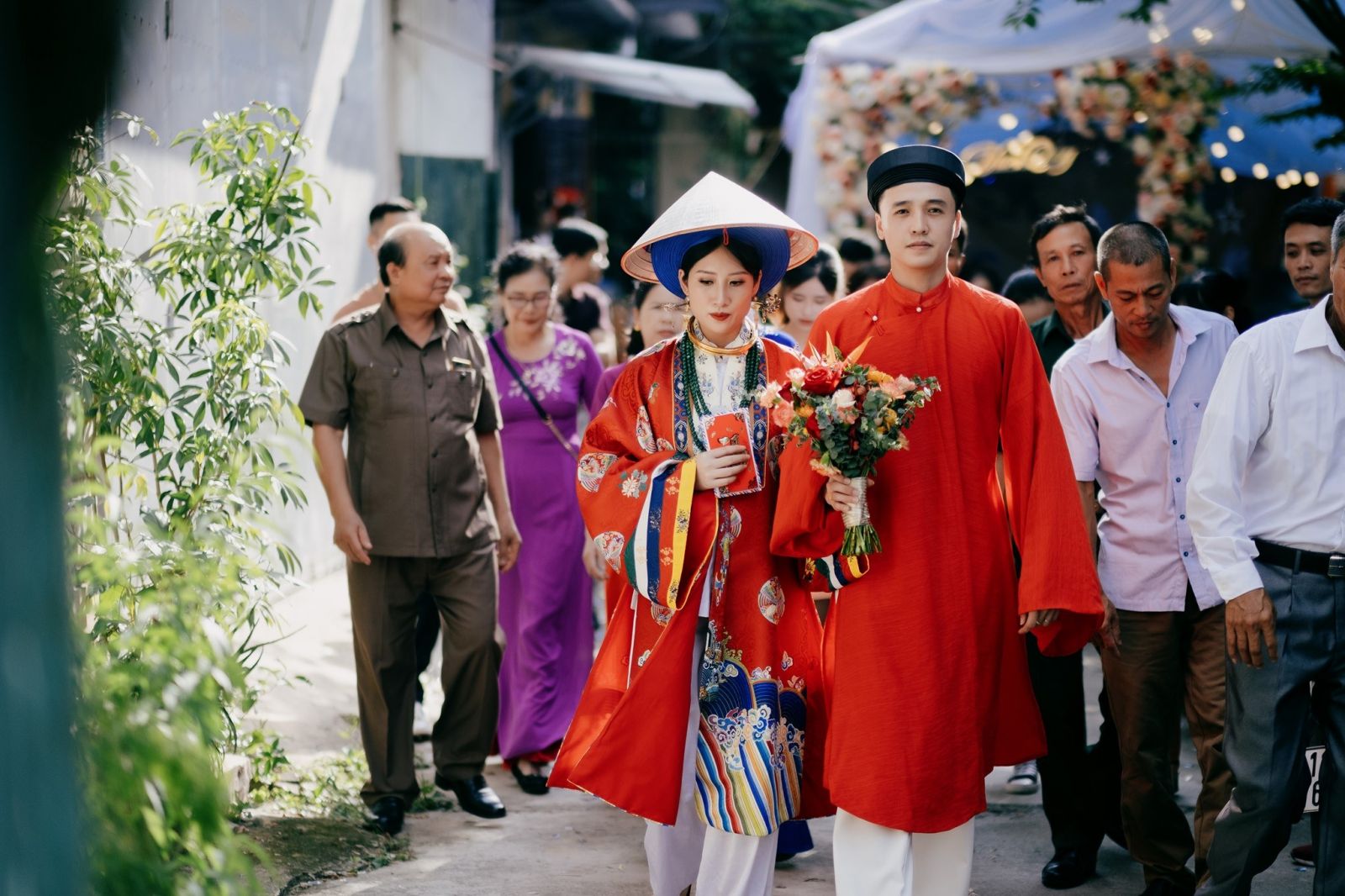
3.4. Customs and traditions
Vietnamese customs and traditions play a vital role in everyday life. Core values such as reverence for elders, strong family ties, and the practice of hospitality are deeply ingrained in society.
Festive ceremonies and celebrations like Tet and the Mid-Autumn Festival bring communities together, fostering unity and showcasing the diverse tapestry of Vietnam's culture.
Despite the influence of modernization, these customs and traditions remain resilient, preserving Vietnam's cultural identity and imparting invaluable values to future generations.
3.5. Music
Vietnamese music is a captivating art form that reflects the soul of the nation. It plays a vital role in Vietnamese cultural events, festivals, and celebrations, bringing people together and celebrating the spirit of Vietnam. Rooted in a rich history dating back centuries, Vietnamese music encompasses a diverse range of genres and styles.
Traditional Vietnam cultural music, such as Nhạc Dân Tộc Cải Biên (a modern form of Vietnamese folk music), evokes a sense of nostalgia and tells stories of love, nature, and daily life. Instruments like the đàn tranh (zither), đàn bầu (monochord), and đàn nguyệt (moon-shaped lute) create enchanting melodies.
In addition to traditional music, Vietnam embraces contemporary genres like pop, rock, and hip-hop, infusing modern influences while retaining its unique identity.

>>> Check out the 10+ most energetic places to immerse yourself in the exciting nightlife in Vietnam!
3.6. Visual arts
Vietnamese visual arts encompass a wide array of traditional and contemporary forms, showcasing the creativity and aesthetics of Vietnam's culture. Traditional Vietnam cultural arts include intricate wood carvings, ceramics, and silk paintings, each reflecting the beauty and craftsmanship of Vietnamese artisans. The art of lacquerware, with its intricate designs and glossy finish, is also highly regarded.
In contemporary art, Vietnamese artists explore various mediums, such as painting, sculpture, and installation art, often blending traditional techniques with modern concepts. Themes often revolve around Vietnamese history, social issues, and cultural identity. Vietnamese visual arts are not only a means of artistic expression but also preserve and promote the richness of Vietnam's culture.
3.7. Festivals
Vietnam's festivals are vibrant and enticing, reflecting the deep-rooted traditions and spiritual beliefs of Vietnamese people. These celebrations are an integral part of Vietnam's culture, bringing communities together to honor ancestors, express gratitude, and celebrate important events.
Festivals such as Tet (Lunar New Year), Mid-Autumn Festival, and Hung Kings Temple Festival are widely celebrated throughout the country. They feature traditional performances, dragon dances, and festive decorations. These festivities are a time for families to gather, exchange good wishes, and indulge in special foods.
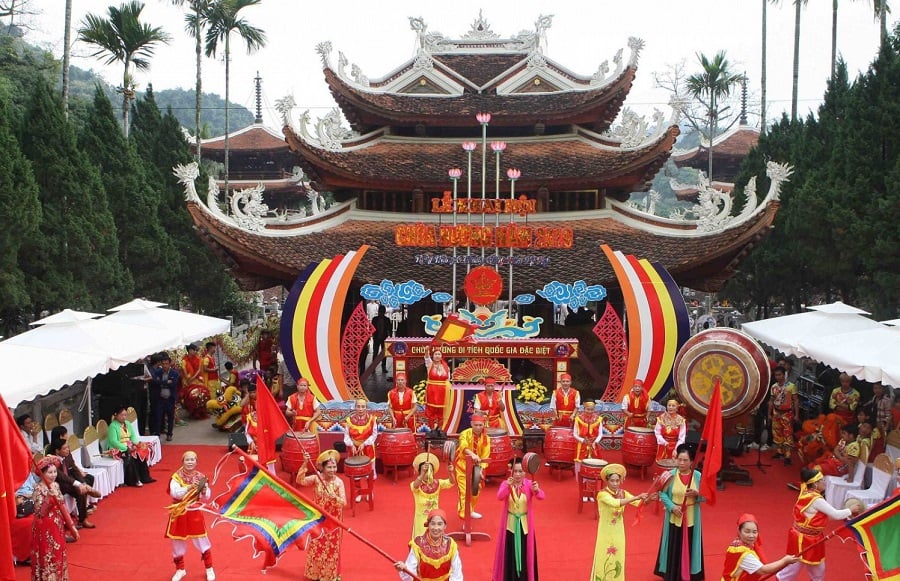
3.8. Religion and beliefs
Vietnam religion and beliefs hold significant importance in Vietnam's culture, encompassing a diverse range of spiritual practices. Buddhism, Confucianism, and Taoism are among the major religions followed by Vietnamese people. These religions emphasize moral values, social harmony, and personal cultivation.
Additionally, Vietnamese folk beliefs and animism play a significant role in the spiritual lives of many individuals. Ancestor worship is deeply rooted, with families paying respect to their ancestors through rituals and offerings.
Temples, pagodas, and communal houses are sacred places where individuals seek spiritual guidance and participate in religious ceremonies. Religion and beliefs in Vietnam provide a framework for moral guidance, social cohesion, and a deep connection to one's cultural heritage.
3.9. Dance
Dance is an integral part of Vietnam's culture, encompassing a wide array of traditional dance forms that showcase grace, storytelling, and cultural expressions. Each dance style carries its significance and is often performed during festivals, ceremonies, and cultural events.
Traditional Vietnam's cultural dances, such as the lion dance, imperial lantern dance, and fan dance, captivate audiences with their intricate choreography, colorful costumes, and rhythmic movements. These dances often depict historical legends, folk tales, and daily life scenes, preserving the cultural heritage of Vietnam.

3.10. Theater
Theater in Vietnam is a dynamic art form that seamlessly blends music, dance, storytelling, and visual elements to create appealing performances. With a history spanning centuries, traditional Vietnamese theaters, such as hát tuồng (Vietnamese opera), hát chèo (musical theater), and cải lương (modern folk opera), showcase elaborately designed costumes, expressive makeup, and stylized gestures that enchant audiences with their theatricality and symbolic significance.
Modern Vietnamese theater has also evolved, embracing contemporary themes and techniques. The stage serves as a platform for social commentary, cultural exploration, and artistic innovation. Whether it is traditional or modern, Vietnamese theater continues to engage and entertain audiences, preserving the country's artistic heritage while pushing the boundaries of creativity.
>>> Experience the enchanting Hanoi water puppet show and lose yourself in the world of Vietnamese folk tales!
To fully embrace the mesmerizing beauty of the S-shaped country, it is essential to explore not only Vietnam's culture but also its remarkable destinations. These include the serene island of Phu Quoc, the charming coastal city of Nha Trang, the historic town of Hoi An, the energetic city of Da Nang, and the awe-inspiring limestone formations of Ha Long.
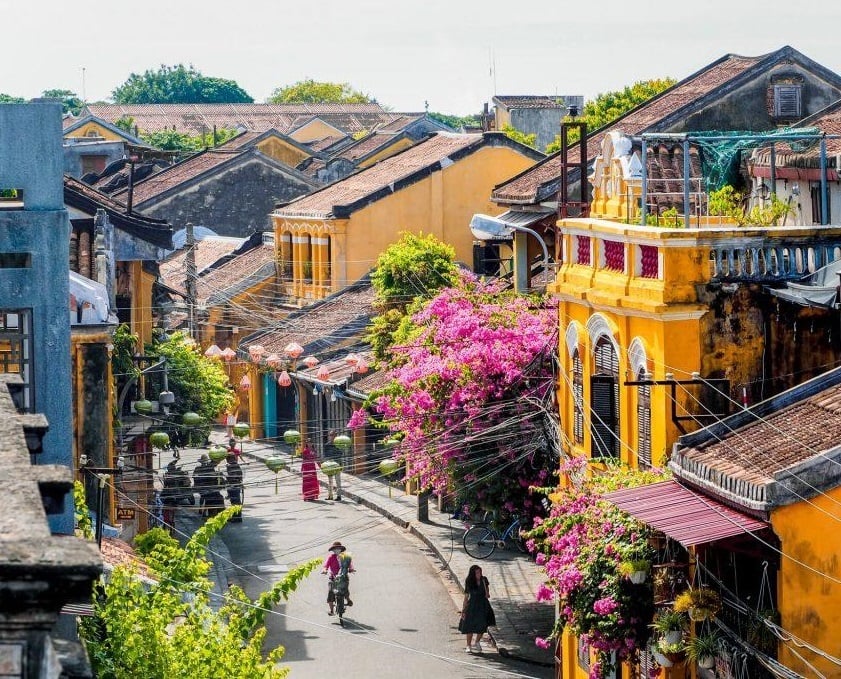
To optimize your Vietnam travel experiences, it is advisable to arrange accommodation in advance. Vinpearl, a renowned hospitality brand in Vietnam, is a top choice among tourists. At Vinpearl, you can indulge in a wide array of amenities tailored to your preferences, including swimming pools, children's playgrounds, babysitting services, dining options, bars, and fitness centers.
Furthermore, each Vinpearl property is thoughtfully designed to seamlessly blend with the surrounding nature, allowing you to immerse yourself in Vietnam's natural beauty while being pampered by Vinpearl's impeccable service.
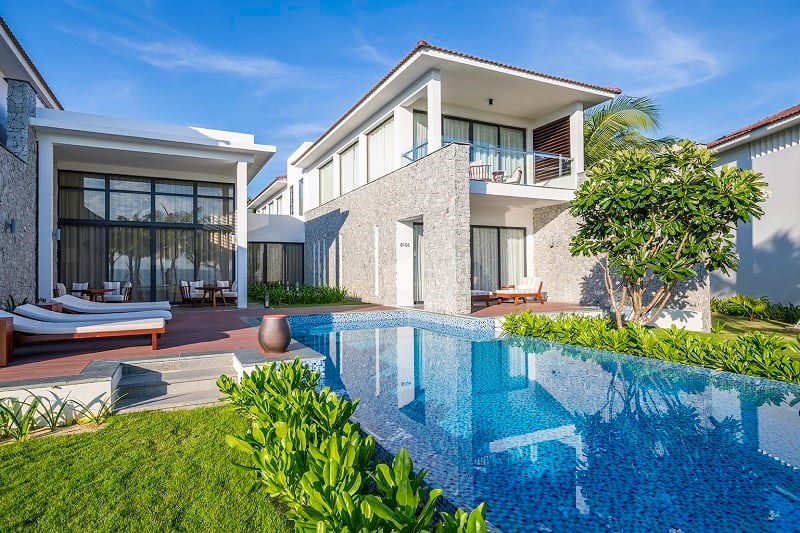
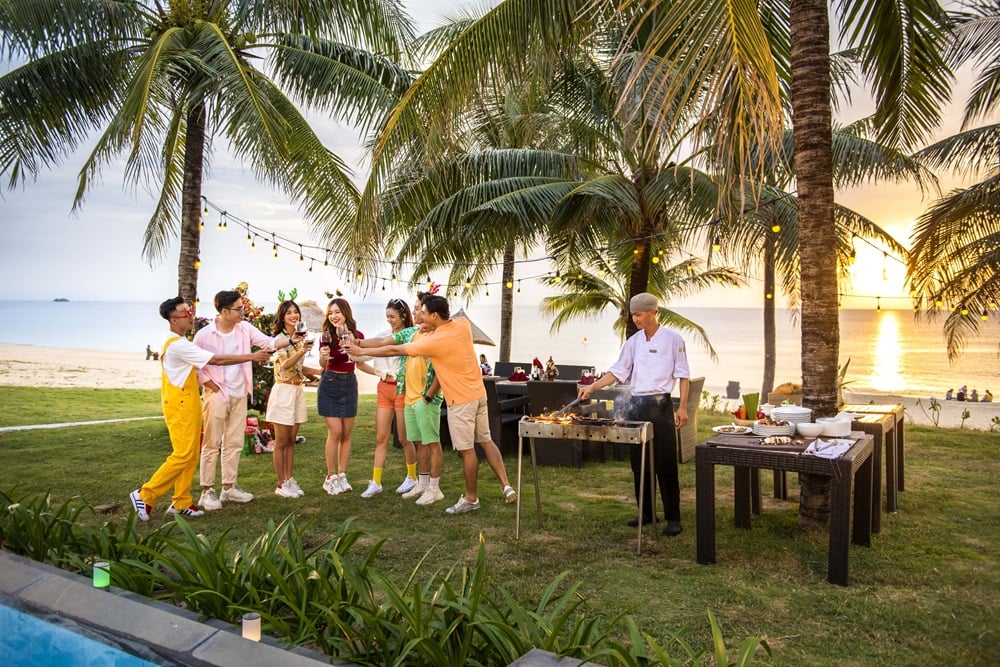
>>> Book rooms in Vinpearl Phu Quoc, Vinpearl Nha Trang, Vinpearl Resort & Golf Nam Hoi An, and Vinpearl Resort & Spa Ha Long to treat yourself to a comfortable stay at the most sought-after tourist hotspots in Vietnam!
Vietnam's culture is a vibrant tapestry of flavors, beauty, and music that tells a captivating story of its people and history. With an abundance of incredible experiences awaiting you, from savoring mouth-watering dishes to immersing yourself in the enchanting melodies of traditional music, a visit to Vietnam promises a unique and unforgettable journey of discovery. So, why not start planning your trip today and embark on an adventure to uncover the true essence of Vietnam?
>>> Book rooms in Vinpearl Phu Quoc, Vinpearl Nha Trang, Vinpearl Resort & Golf Nam Hoi An, and Vinpearl Resort & Spa Ha Long to indulge in exceptional services and create unforgettable memories!
>>> Book voucher, combo, tour to Phu Quoc, Nha Trang, Hoi An, and Da Nang to maximize your travel experiences with an optimized budget!


